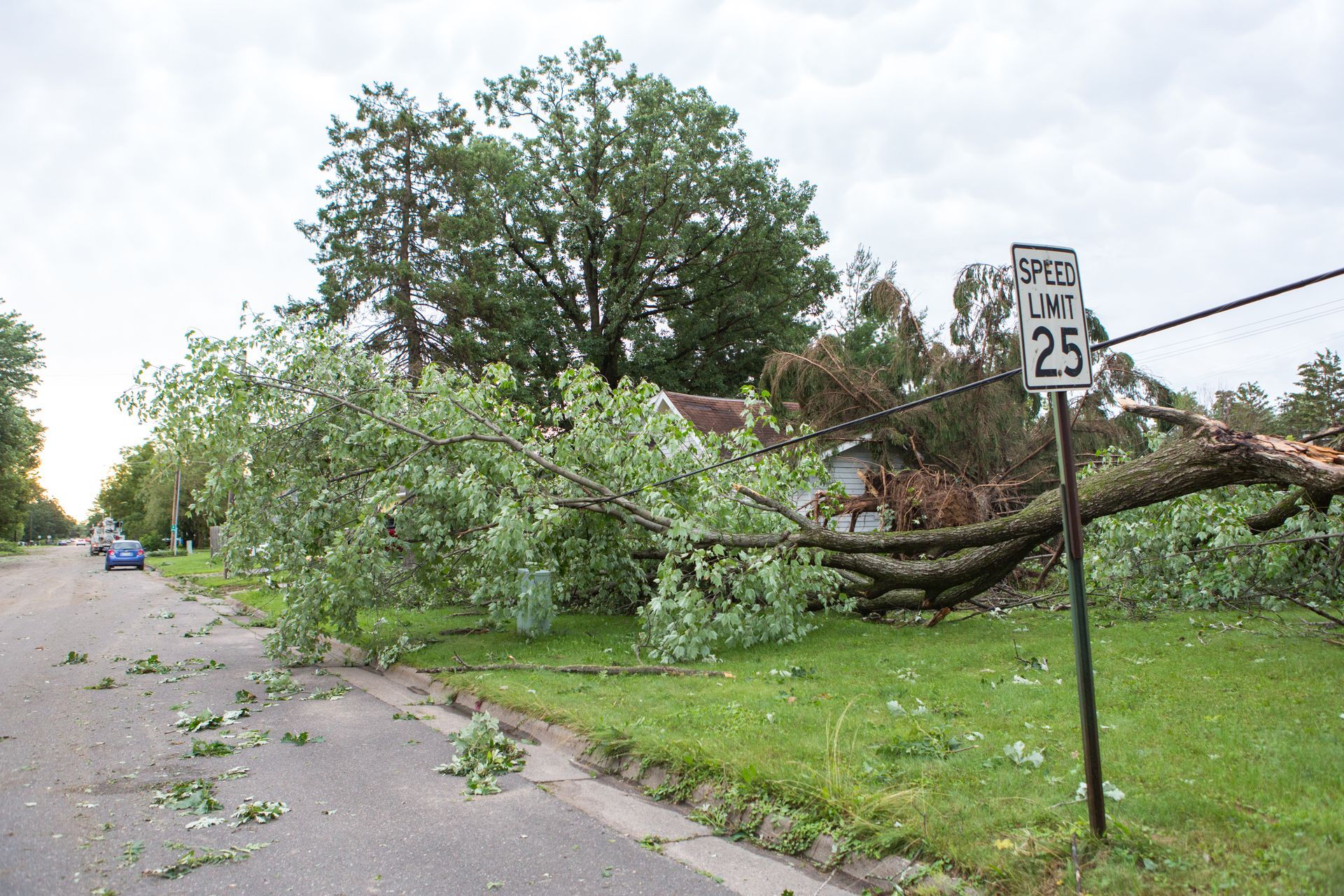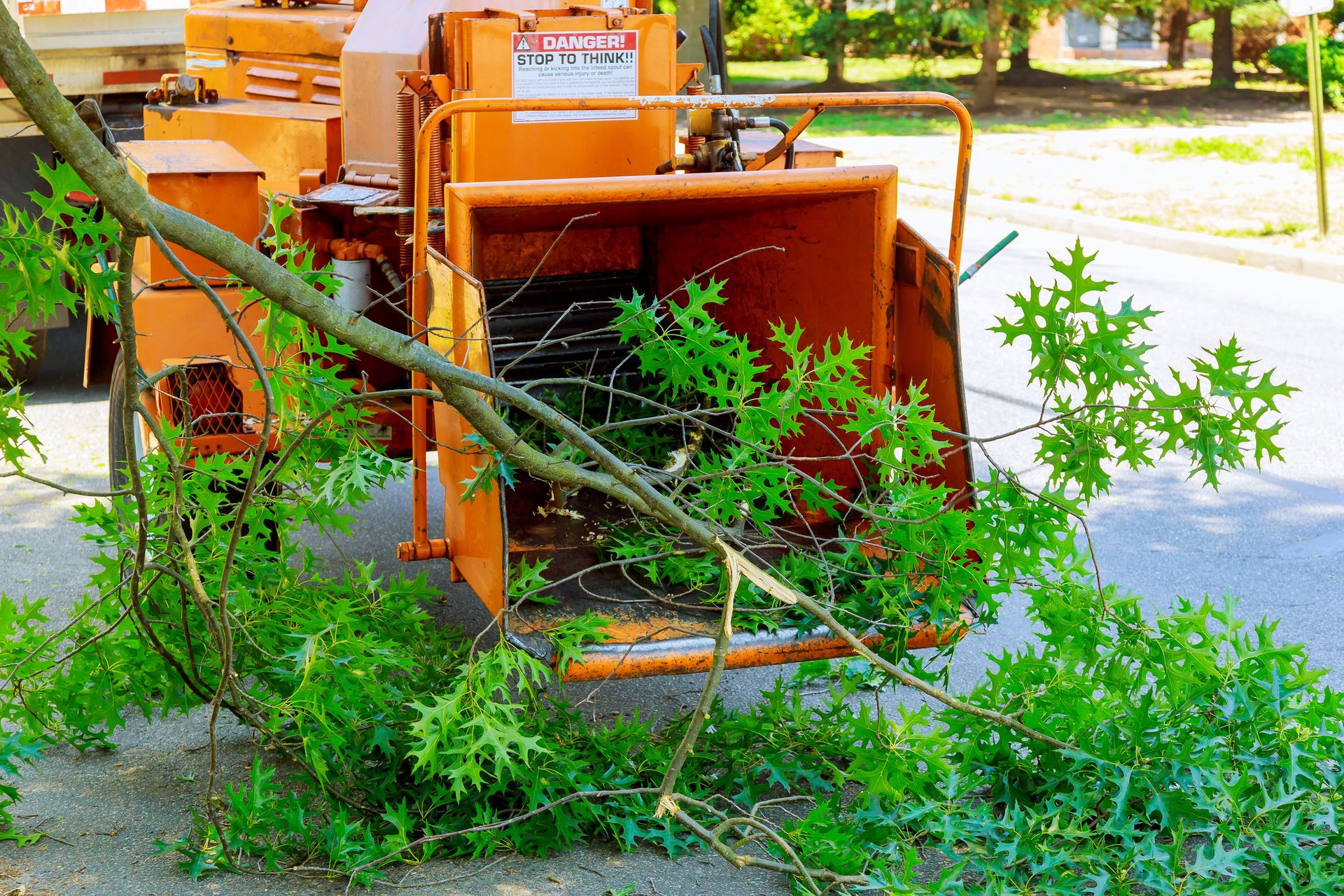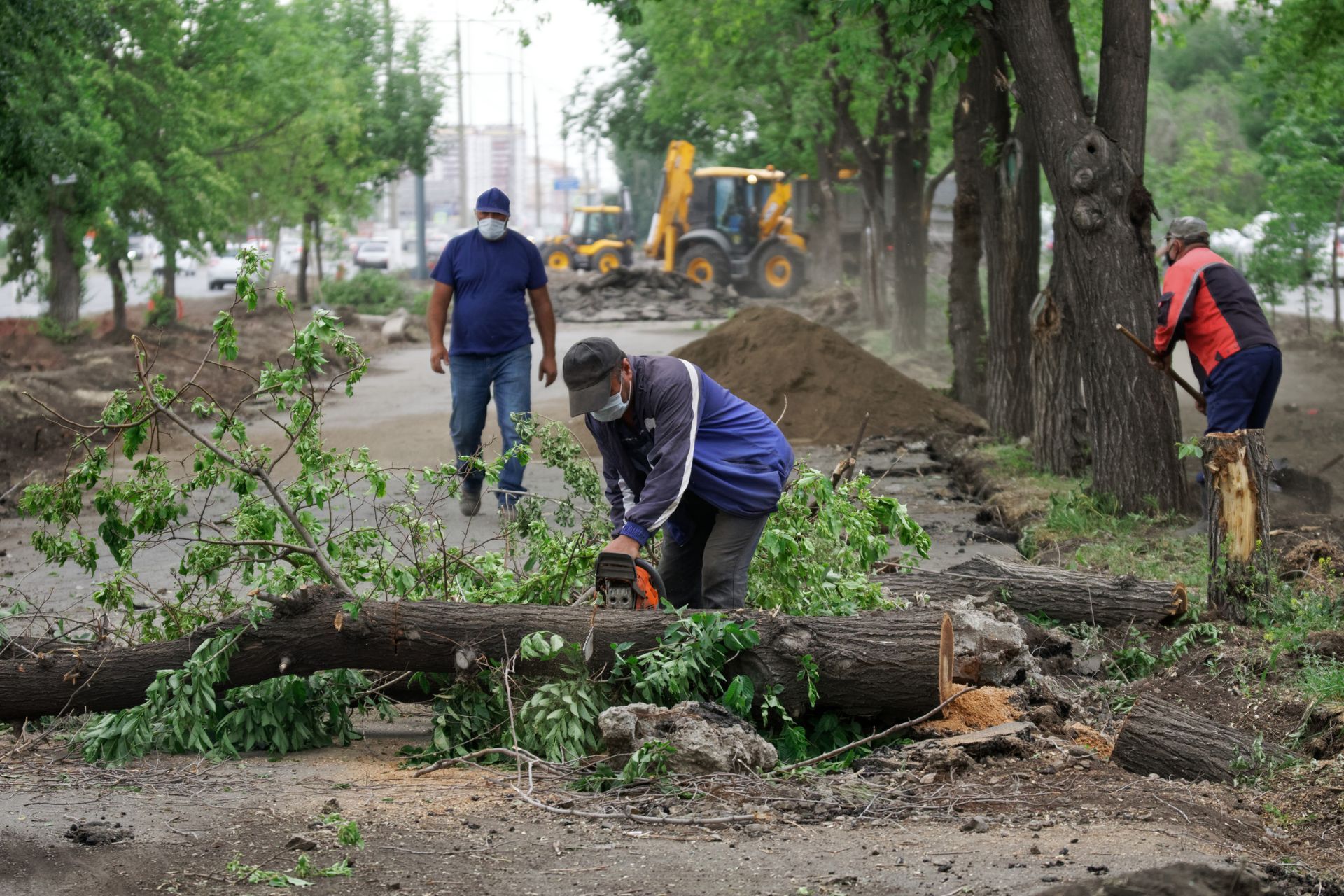Emergency Tree Services
Common Causes of Tree Emergencies and How to Prevent Them
Trees add beauty and value to our properties, but they can also pose significant risks when emergencies arise. Understanding the common causes of tree emergencies and knowing how to prevent them is crucial for maintaining a safe and healthy environment.
Common Causes of Tree Emergencies
Severe weather conditions are a leading cause of tree emergencies. High winds can uproot trees, heavy rains can cause soil erosion and root destabilization, and snow and ice accumulation can break branches. Additionally, poor tree health due to diseases and pests can weaken trees, making them more susceptible to damage. Structural defects like cracks, splits, and weak branch unions further increase the risk. Human activities such as construction damage and improper pruning also contribute to tree emergencies, as does the natural aging process, which leads to decay and increased vulnerability.
Preventing Tree Emergencies
Regular tree inspections are vital for early detection of potential problems. Hiring certified arborists for professional assessments and conducting self-inspections can help identify issues before they become severe. Proper tree maintenance, including routine pruning and trimming, promotes healthy growth and reduces the risk of emergency situations. Soil and root care, such as ensuring healthy soil conditions and promoting strong root systems, are equally important.
Managing diseases and pests through early detection, treatment, and preventive measures can significantly reduce tree emergencies. Storm preparation techniques like bracing, cabling, and pre-storm pruning can further safeguard trees against severe weather conditions.
By understanding these common causes and implementing effective prevention strategies, homeowners can protect their properties and ensure the long-term health and stability of their trees.
Get a free quote
Contact Us


The Top Signs Your Tree Needs Emergency Attention
Recognizing the early signs of tree distress can prevent dangerous situations and costly damage. Here are the top indicators that your tree might need emergency attention.
Visible Physical Damage: Broken or hanging limbs are a clear sign of danger. These can fall unexpectedly, posing risks to people and property. Cracks or splits in the trunk or branches can also indicate structural weaknesses, compromising the tree’s stability. If your tree is leaning significantly, it’s essential to distinguish between natural growth patterns and dangerous tilting that may require immediate intervention.
Health and Structural Issues: Dead or dying branches are not just unsightly; they can signal underlying health problems in your tree. Fungal growth and diseases, such as mushrooms at the base or spots on leaves, indicate internal decay. Root damage or signs of uprooting, such as exposed roots or soil upheaval, are critical concerns that necessitate urgent action.
Environmental and Situational Factors: After a severe storm, inspect your trees for damage. Strong winds and heavy rain can weaken branches and roots. Trees near power lines or structures pose additional hazards, especially if branches are touching or closely overhanging. Changes in soil conditions, like erosion or saturation, can destabilize trees, making them prone to falling.
When you notice these signs, it’s crucial to call our professional arborist. We can conduct a thorough assessment and recommend the best course of action. Regular maintenance and having a tree emergency plan can help prevent these issues. Stay proactive to ensure your trees remain safe and healthy, safeguarding your property and loved ones.
Facing a tree emergency?
We're here to help, day or night.
The Hidden Dangers of DIY Tree Removal in Emergencies
In an age where do-it-yourself (DIY) projects are not only popular but often celebrated, many homeowners take pride in tackling a variety of tasks around their properties. While DIY projects can be rewarding and cost-effective, some tasks are best left to professionals. One such task is tree removal, especially during emergencies. The allure of DIY tree removal can be strong, but the risks involved are substantial and often underestimated.
The Appeal of DIY Tree Removal
The primary motivation for DIY tree removal is typically cost-saving. Hiring professional services can be expensive, and many homeowners believe that with the right tools and a bit of effort, they can manage the task themselves. The perception that tree removal is a simple task, coupled with the influence of DIY culture and the abundance of online tutorials, further encourages this belief. However, what these resources often fail to emphasize are the significant risks and potential consequences of such undertakings.
Safety Risks of DIY Tree Removal
The most significant danger of DIY tree removal is the safety risk. Professionals in tree services undergo extensive training and use specialized equipment to safely handle tree removal. Without this training, homeowners are at high risk of injury. Falling branches can cause severe injuries or even fatalities. Chainsaw accidents are another common hazard, with the potential for catastrophic consequences. Statistics reveal a worrying trend: numerous injuries and deaths occur each year due to DIY tree removal attempts. These incidents highlight the importance of understanding and respecting the complexity of tree removal tasks.
Property Damage Concerns
Beyond personal injury, DIY tree removal can lead to significant property damage. Trees or large branches can easily fall in unintended directions, causing damage to homes, vehicles, or power lines. Misjudging the weight and trajectory of a tree can result in costly repairs far exceeding the price of professional services. Common mistakes, such as improper cutting techniques or failing to secure the area, often lead to more extensive damage than initially anticipated.
Environmental Impact
The environmental impact of improper tree removal is another critical concern. DIY attempts can harm surrounding vegetation and wildlife. For example, removing a tree without considering the ecosystem can disrupt habitats and lead to soil erosion. Additionally, improper disposal of tree debris can have adverse environmental effects, such as blocking waterways or contributing to pollution. Professionals, on the other hand, follow protocols to mitigate environmental damage and ensure responsible disposal.
Legal and Insurance Issues
Legal and insurance issues are often overlooked by DIY enthusiasts. Homeowners might not realize that unpermitted tree removal can lead to legal consequences, including fines or mandatory replanting. Furthermore, insurance policies might not cover damages resulting from DIY tree removal, leaving homeowners financially responsible for any resulting damage. Real-life scenarios abound where DIY tree removal led to significant legal and financial troubles, underscoring the importance of adhering to regulations and seeking professional help.
When to Call a Professional
Recognizing when to call a professional is crucial for homeowners. Signs that require professional intervention include large or leaning trees, proximity to power lines, and extensive root systems. Guidelines for assessing the severity of a tree emergency involve evaluating the tree's stability, the potential for falling, and the immediate risks to people and property. Contacting local emergency tree services ensures that experts handle the situation promptly and safely.


